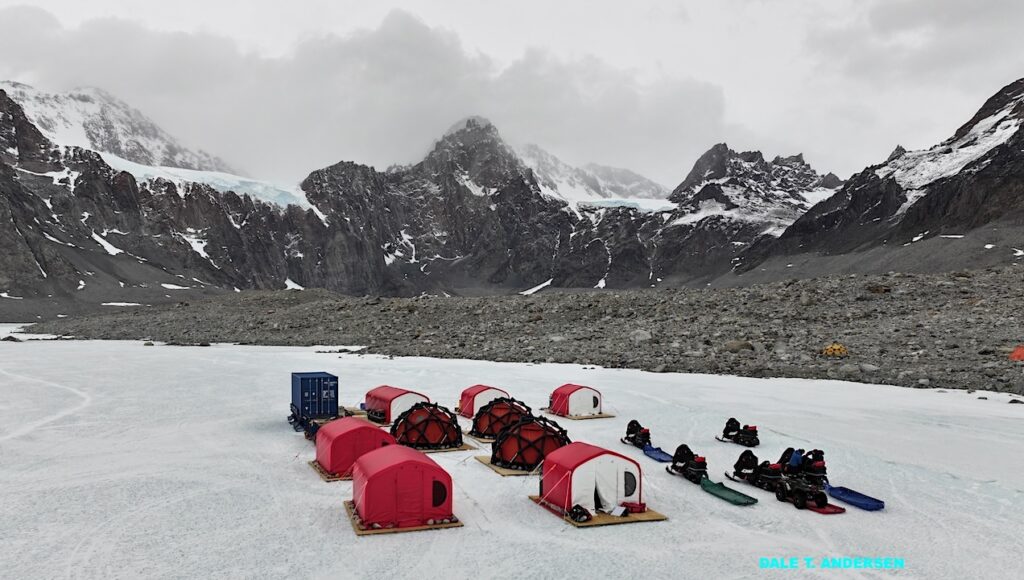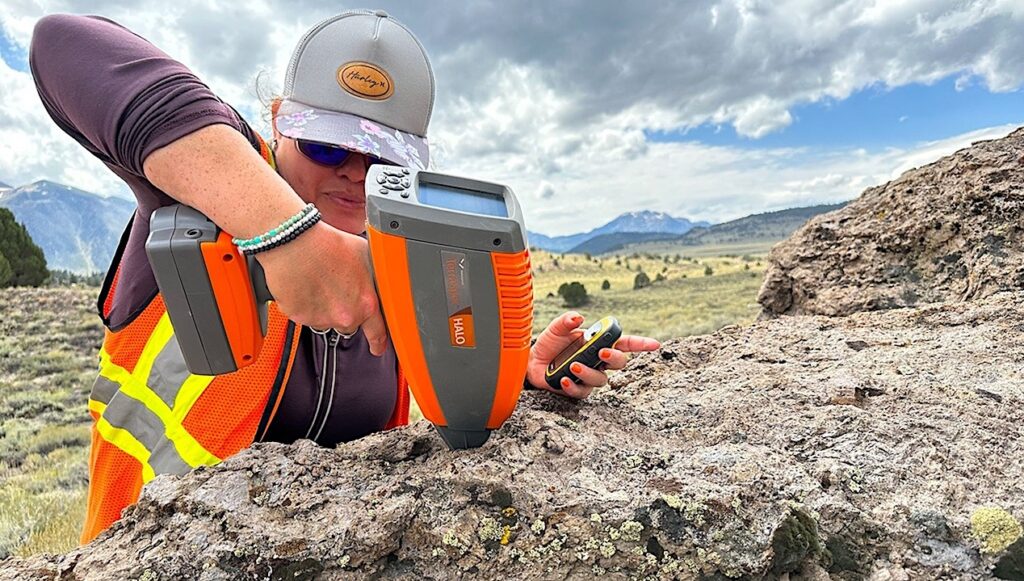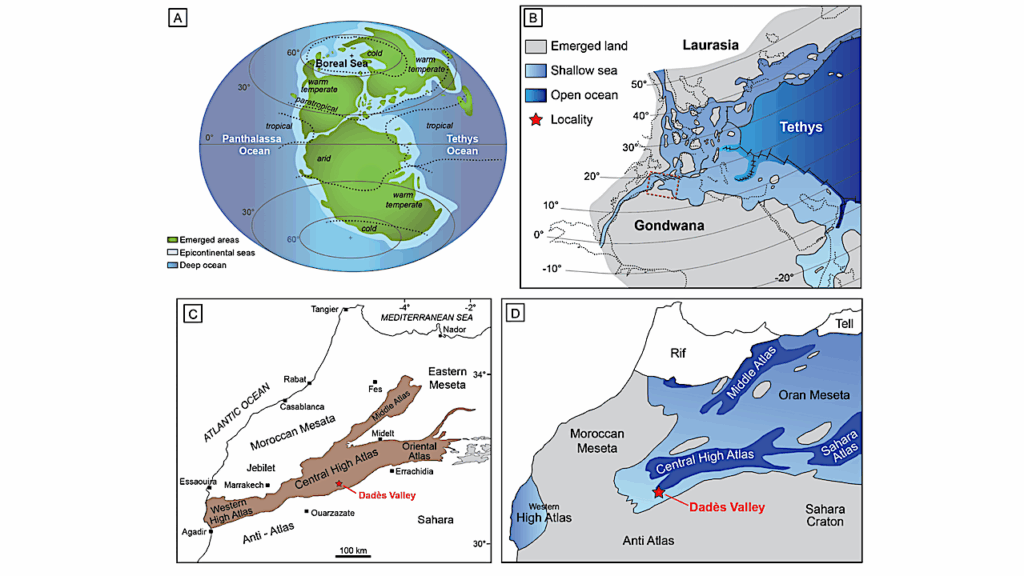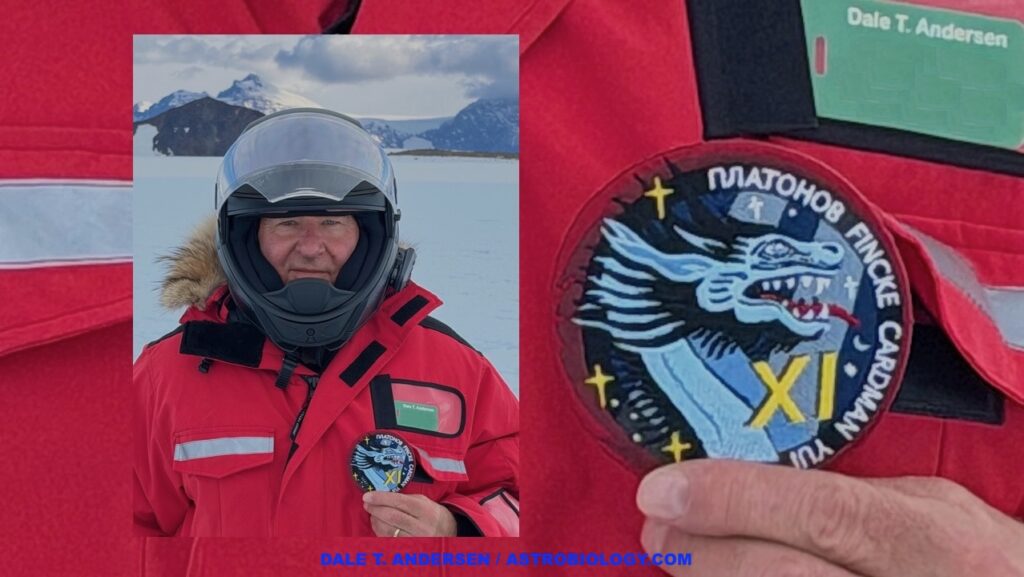Nanostructures In The Deep Ocean Floor Hint At Life’s Origin
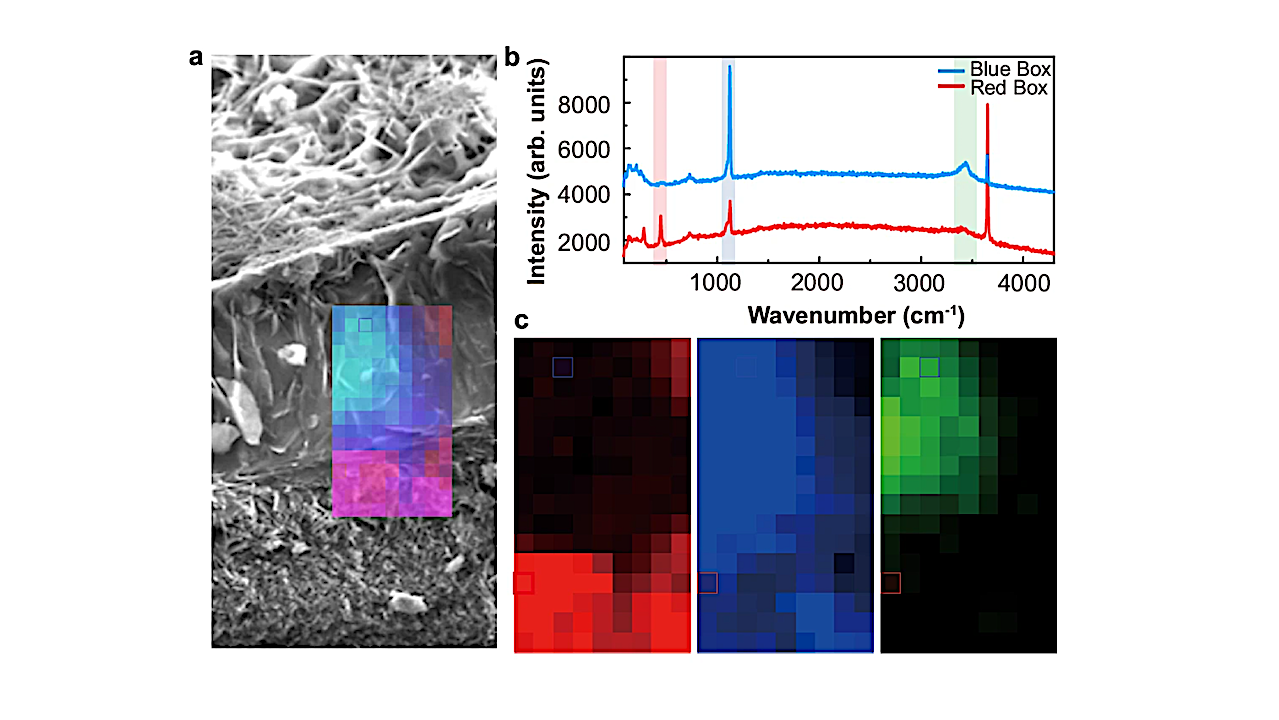
Researchers led by Ryuhei Nakamura at the RIKEN Center for Sustainable Resource Science (CSRS) in Japan and The Earth-Life Science Institute (ELSI) of Tokyo Institute of Technology have discovered inorganic nanostructures surrounding deep-ocean hydrothermal vents that are strikingly similar to molecules that make life as we know it possible.
These nanostructures are self-organized and act as selective ion channels, which create energy that can be harnessed in the form of electricity. Published Sep. 25 in Nature Communications, the findings impact not only our understanding of how life began, but can also be applied to industrial blue-energy harvesting.
When seawater seeps way down into the Earth through cracks in the ocean floor, it gets heated by magma, rises back up to the surface, and is released back into the ocean through fissures called hydrothermal vents. The rising hot water contains dissolved minerals gained from its time deep in the Earth, and when it meets the cool ocean water, chemical reactions force the mineral ions out of the water where they form solid structures around the vent called precipitates.
Hydrothermal vents are thought to be the birthplace of life on Earth because they provide the necessary conditions: they are stable, rich in minerals, and contain sources of energy. Much of life on Earth relies on osmotic energy, which is created by ion gradients—the difference in salt and proton concentration—between the inside and outside of living cells.
The RIKEN CSRS researchers were studying serpentinite-hosted hydrothermal vents because this kind of vent has mineral precipitates with a very complex layered structure formed from metal oxides, hydroxides, and carbonates. “Unexpectedly, we discovered that osmotic energy conversion, a vital function in modern plant, animal, and microbial life , can occur abiotically in a geological environment,” says Nakamura.
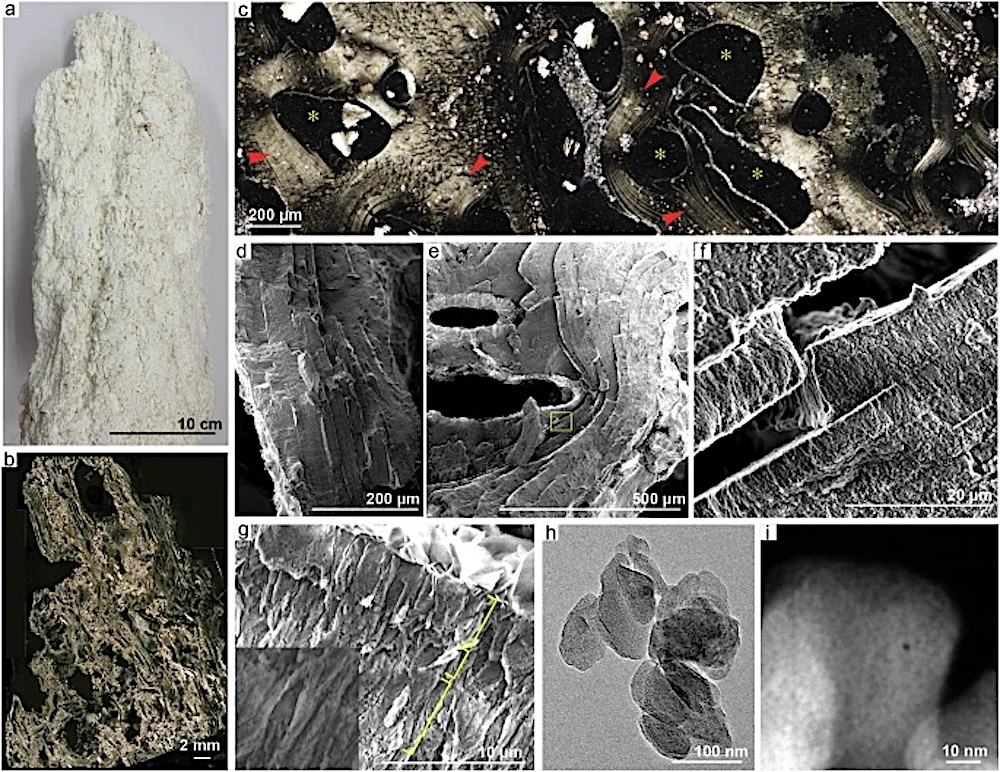
a Photograph of HV precipitates collected from the Shinkai Seep Field. b, c Cross-polarized optical microscope images of vertical (b) and horizontal slices of HV (cross-section, c). In the horizontal slice image, vent fluid channels and periodic line patterns in the HV wall are indicated as yellow asterisks and red arrows, respectively. d–g SEM images of a naturally cleaved HV fragment. d, e Inorganic walls with different cleavage directions. The walls show stratified structures, with the layers following the shape of the wall. f Magnification of the wall (boxed area in e) revealing a sublayer structure with consolidated features. g Sublayer structures in different locations of walls. Sublayers 2 to 5-µm thick (yellow square brackets) constituted the wall and exhibited a uniaxial texture. The uniaxial features result from the array of multiple nanocrystals shown in the inset. h TEM image of the crystals constituting the sublayers. i HAADF-STEM image of the crystal with nanopores visible inside. — Nature Communications
The researchers were studying samples collected from the Shinkai Seep Field, located in the Pacific Ocean’s Mariana Trench at a depth of 5743 m. The key sample was an 84-cm piece composed mostly of brucite.
Optical microscopes and scans with micrometer-sized X-ray beams revealed that brucite crystals were arranged in continuous columns that acted as nano-channels for the vent fluid. The researchers noticed that the surface of the precipitate was electrically charged, and that the size and direction of the charge—positive or negative—varied across the surface.
Knowing that structured nanopores with variable charge are the hallmarks of osmotic energy conversion, they next tested whether osmotic energy conversion was indeed occurring naturally in the inorganic deep-sea rock.
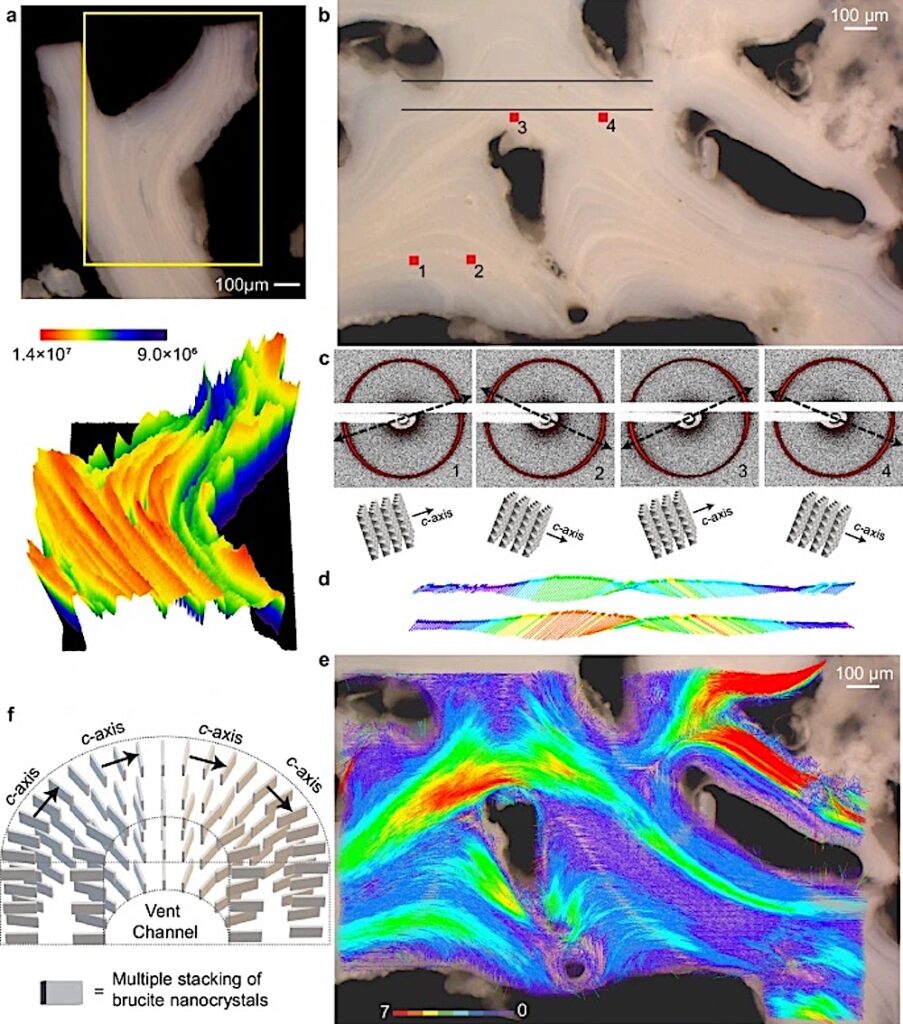
a An optical image of an HV slice (above) and its corresponding 3D map of scattering intensity (below). In the 3D intensity map, the scattering intensity at individual scanning points was integrated and converted into single values. b–e WAXS analysis on the HV wall sample. b Optical image of the scanning area. c Selected brucite 001 diffraction patterns at multiple points (red squares in b). Black double-headed arrows show the preferred orientation direction of the brucite (001) plane. Schematic images showing the preferred orientation of the brucite layers are shown below the diffraction patterns. The crystal structure of brucite consists of an edge-shared MgO6 layer in the (001) plane and a layered hydroxide stack along the c-axis. d Vector plots showing the direction and intensity of the preferred orientation of the (001) plane. The diffraction patterns at two different locations (line scans) were analyzed and plotted. The black lines in (b) show the location of the line scan. The color and length of the vectors represent the value of the highest scattering intensity of the asymmetric ring. The direction of the vector indicates the orientation of the strongest intensity axis of the asymmetric ring and shows the preferred orientation direction. e 2D map of the vector plot overlayed on the optical image shown in (b). f Schematic of the brucite (001) plane arrangement around the channel based on the WAXS/SAXS scanning and POM analysis. The corresponding c-axis of brucite is also shown. — Nature Communications
The team used an electrode to record the current-voltage of the samples. When the samples were exposed to high concentrations of potassium chloride, the conductance was proportional to the salt concentration at the surface of the nanopores.
But at lower concentrations, the conductance was constant, not proportional, and was determined by the local electrical charge of the precipitate’s surface. This charge-governed ion transport is very similar to voltage-gated ion channels observed in living cells like neurons.
By testing the samples with chemical gradients that exist in the deep ocean from where they were extracted, the researchers were able to show that the nanopores act as selective ion channels. At locations with carbonate adhered to the surface, the nanopores allowed positive sodium ions to flow through. However, at nanopores with calcium adhered to the surface, the pores only allowed negative chloride ions to pass through.
“The spontaneous formation of ion channels discovered in deep-sea hydrothermal vents has direct implications for the origin of life on Earth and beyond,” says Nakamura. “In particular, our study shows how osmotic energy conversion, a vital function in modern life, can occur abiotically in a geological environment.”
Industrial power plants use salinity gradients between seawater and river water to generate energy, a process called blue-energy harvesting. According to Nakamura, understanding how nanopore structure is spontaneously generated in the hydrothermal vents could help engineers devise better synthetic methods for generating electrical energy from osmotic conversion.
Osmotic energy conversion in serpentinite-hosted deep-sea hydrothermal vents, Nature Communications (open access)
Astrobiology, Nanotechnology,


